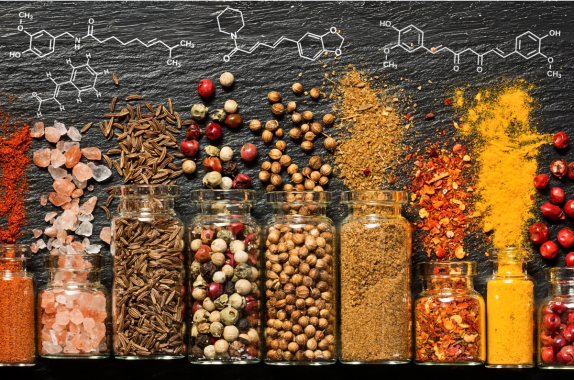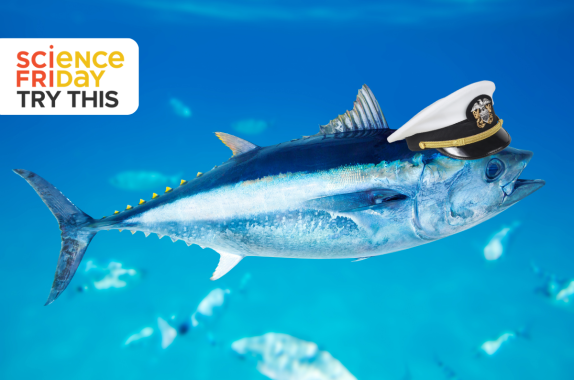Recompensas y neurotransmisores: cómo los juegos afectan tu cerebro
Descubre las maneras en las que el sistema de recompensa de juegos, rompecabezas y salas de escape pueden alentar comportamientos positivos o negativos.
Talk Like A Spider Using Sound And Secret Codes
Discover how spiders communicate through vibrations and dance. Then, create a cipher to “talk” like a spider using your own tap code language.
Use Clues From Rapid Evolution To Design Better Fish Gills
Discover why and how fish are evolving rapidly in remote mountain lakes. Then use what you learn for an engineering challenge.
Test Your Taste Receptors With Spicy Treats
Discover the science behind foods that make your tongue tingle. Experiment with spiced beverages that activate your mouth’s TRP receptors.
Tracking Tuna: How Do Behavior And Environment Interact?
Researchers track tuna fish across the ocean. What do they hope to learn and how can you use the same science to make your day better?
Can Your Cat Talk To You? Use Science To Find Out!
What does meow really mean? Investigate how your favorite pet communicates in this fun, family-friendly STEM activity.
Stinky And Delicious: Why Fermentation Makes Great Food
Discover the world of fermentation with a world-renowned chef as you use kitchen chemistry to transform raw veggies into delicious dishes.
Do Cells, Tissues, And Organs Give Super Athletes An Edge?
What does it take to be a super athlete? Take a close-up look at cells, tissues, and organs to see if their biology gives them an advantage.
Ancient Skeletal Remains: Sex, Gender, And Archaeology
Ancient skeletal remains are more than just bones–archaeologists use them to determine the gender, sex, and roles of ancient peoples.
What Foods Do Wasps Love? What Foods Do Wasps Hate?
With careful observations while watching wasps, you can discover their favorite foods and use that to make your picnics more pleasant.









